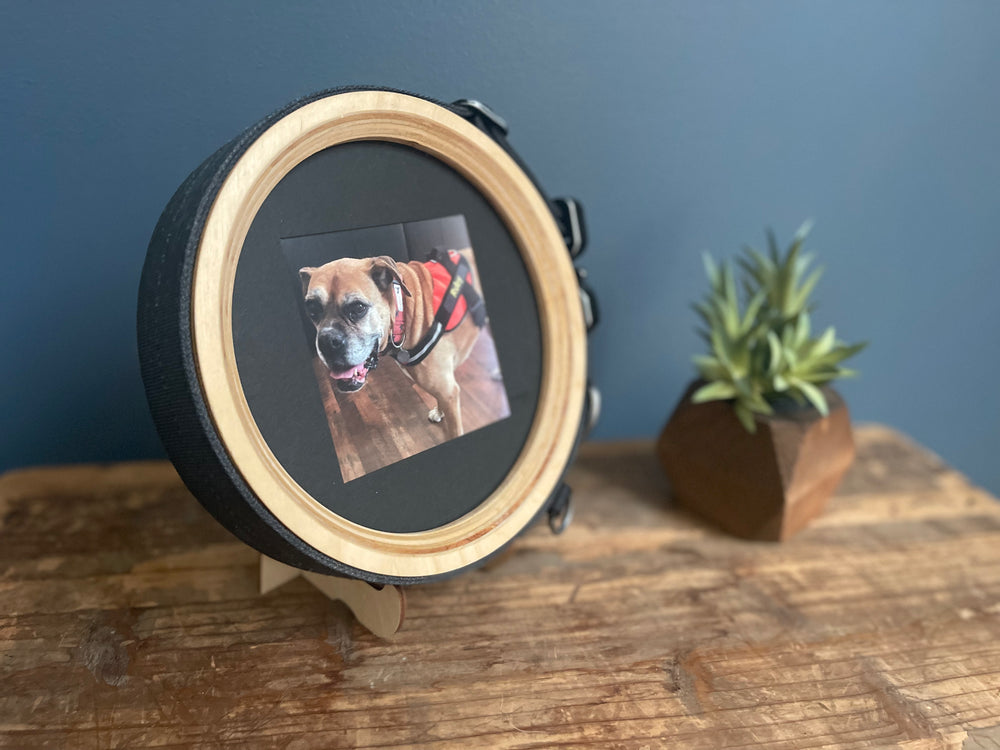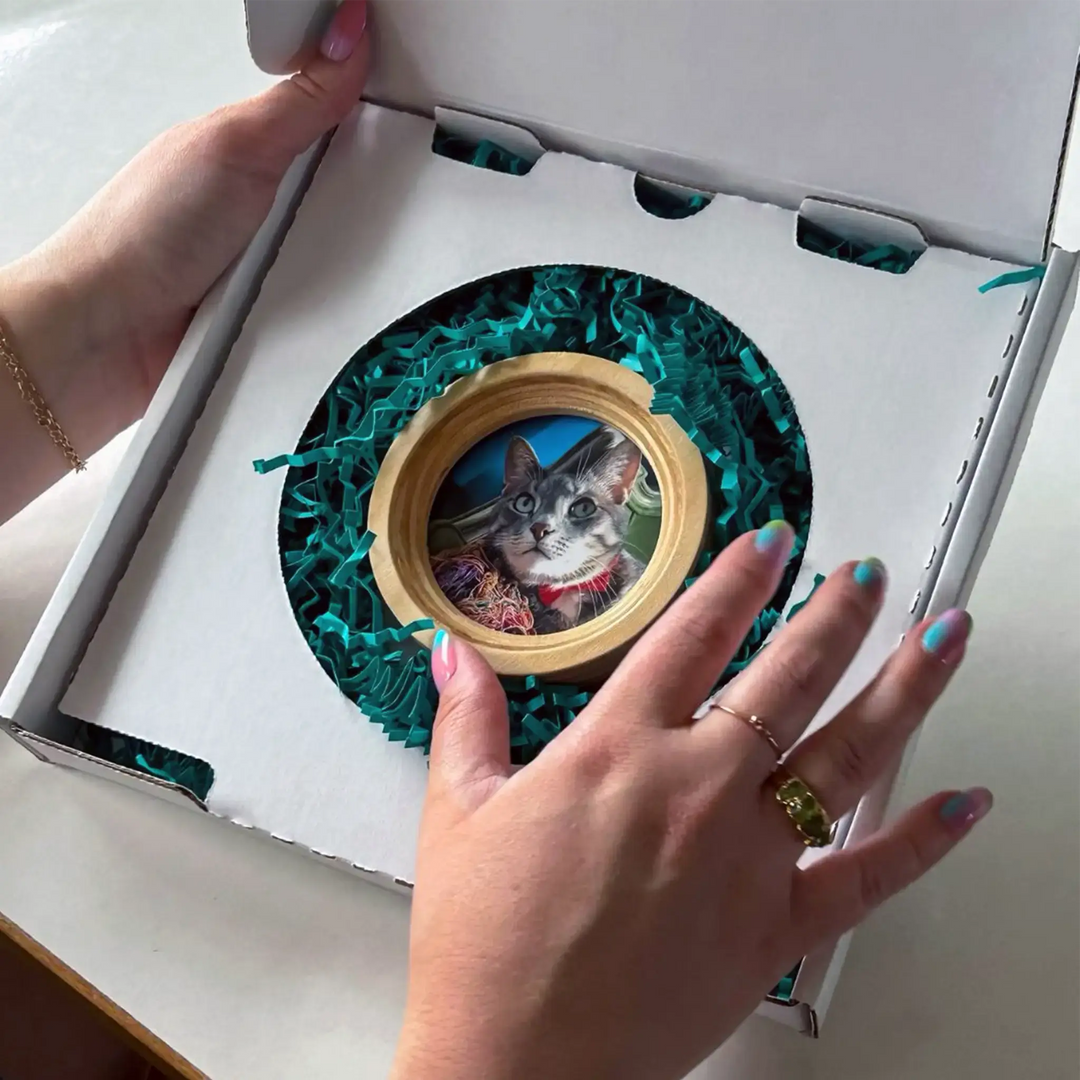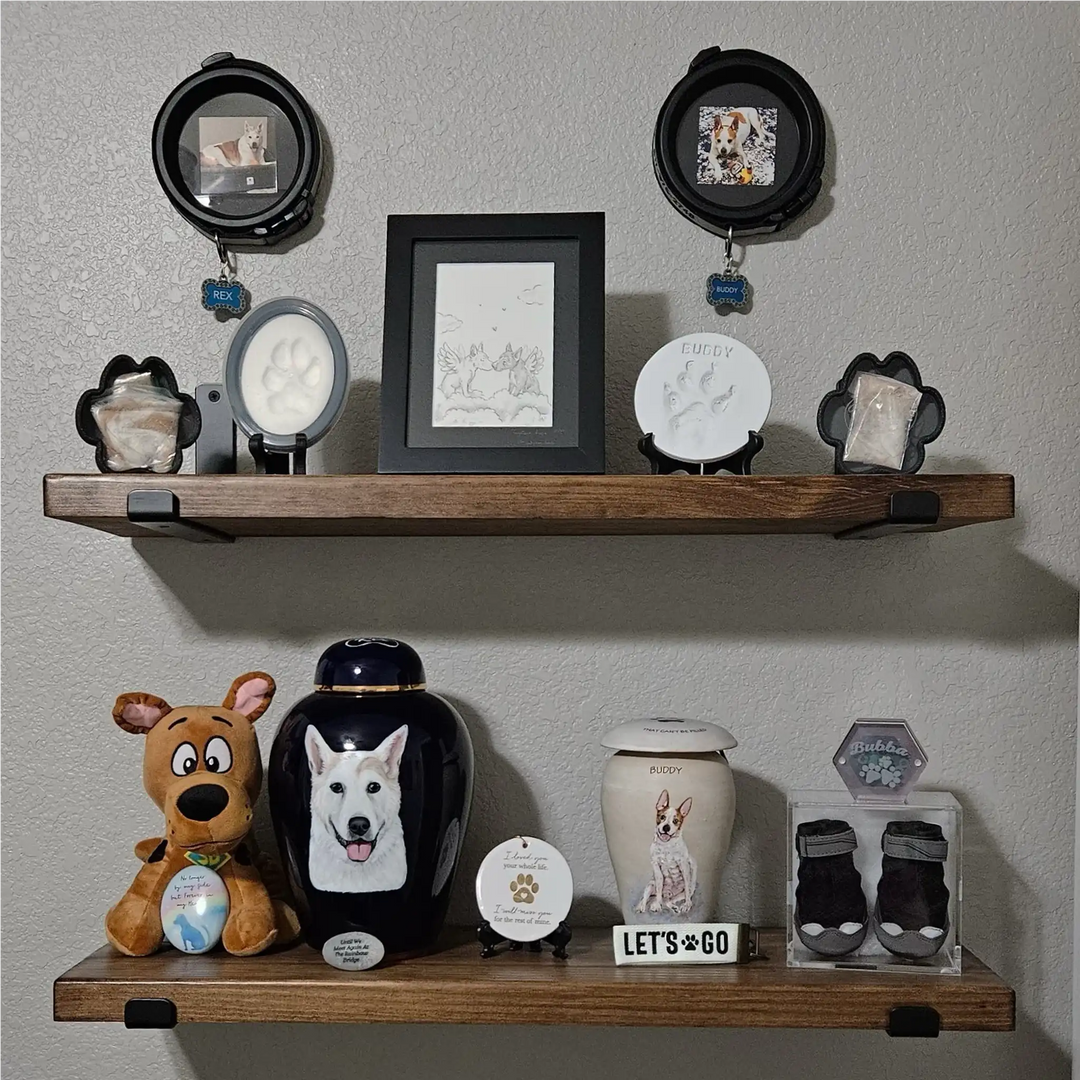The Role of Rituals in Pet Grief: How Small Acts of Remembrance Help Heal the Heart
Losing a pet is a profoundly emotional experience, and the grief that comes with it can be overwhelming. The bond between pet and owner is unique, and when that connection is severed, it can leave a void in your heart. While there’s no “right” way to grieve, many pet parents find comfort in creating rituals to honor their pets’ memories and navigate through their grief. These small acts of remembrance can provide healing, closure, and a way to continue feeling connected to their beloved companions.
Why Rituals Matter in the Grieving Process
Grief after losing a pet can feel like an emotional rollercoaster. The sadness may come in waves, and often, the grieving process doesn’t have a set timeline. Rituals can serve as an anchor, helping pet parents process their emotions and slowly heal. By establishing meaningful rituals, you can allow yourself the space to reflect, honor, and ultimately find peace in the memory of your pet.
Rituals in pet grief are comforting because they provide structure and a sense of control during a time when it may feel like everything is uncertain. These acts of remembrance become a way to channel your grief in a healthy and supportive manner, while also celebrating the love you shared with your pet.
Types of Rituals to Help Navigate Grief
-
Lighting a Candle or Holding a Moment of Silence
-
A simple but meaningful ritual can be lighting a candle in memory of your pet on important dates such as their birthday or the anniversary of their passing. This act of reflection creates a quiet, sacred space where you can honor their spirit and your bond. It can also be a gentle way to help you reflect on the joy they brought into your life.
-
-
Creating a Pet Memorial Space
-
Dedicate a special corner of your home or garden to your pet's memory. You can display their collar, favorite toys, photos, or other mementos that remind you of them. This space becomes a physical manifestation of your love and grief, a place where you can go when you need to feel connected to your pet.
-
-
Planting a Tree or Flower in Their Memory
-
Many pet parents choose to plant a tree, flower, or even a small garden in their pet's memory. This living tribute symbolizes growth, renewal, and the ongoing presence of your pet’s spirit. Caring for the plant or tree can provide you with comfort as you watch it grow, just as your bond with your pet once did.
-
-
Writing Letters or Journaling
-
Expressing your thoughts and emotions through writing can be a therapeutic ritual. Whether you write letters to your pet, share memories in a journal, or pen a poem, putting your feelings into words can help you process your grief. It’s an intimate way to keep the connection alive and reflect on the love and joy your pet brought to your life.
-
-
Holding an Annual Memorial Celebration
-
Some pet parents create a yearly ritual to honor their pet's memory. Whether it’s gathering friends and family to share stories and memories or participating in a special activity your pet loved, this celebration can become a meaningful way to honor their life and the happiness they brought to those around them.
-
-
Incorporating Your Pet's Keepsakes into Your Daily Life
-
Incorporating your pet’s collar, tags, or other items into a piece of jewelry, artwork, collar frame, or even a memory box can make their presence feel near. These tangible keepsakes become a part of your daily life and help to keep their memory alive, allowing you to carry a piece of them with you wherever you go.
-
How Rituals Aid Healing
Rituals are important because they give us something to hold onto in the midst of loss. When we’re grieving, it’s easy to feel lost or disconnected. Rituals provide a gentle way to stay connected to our pets while allowing us to express our emotions. Whether big or small, these rituals give us a chance to acknowledge our grief, honor our pets, and begin to heal.
-
Encourage Emotional Expression: Rituals create a safe space to release and express emotions—whether it’s sadness, love, or gratitude. This emotional release is essential for healing, as it prevents grief from being bottled up.
-
Create a Sense of Continuity: Memorializing your pet with rituals helps to create a sense of continuity and connection. They remind you that, although your pet may no longer physically be with you, the bond you share remains.
-
Promote Healing Through Repetition: Rituals often involve repeating comforting actions, such as lighting a candle or visiting a memorial space. This repetition can soothe the emotional turmoil of loss and bring a sense of peace as you move through your grief.
-
Help with Closure: Rituals give you the opportunity to say goodbye and find closure. They provide a structured way to process your grief and begin the journey toward healing.
Finding What Works for You
The most important aspect of a grieving ritual is that it feels meaningful to you. There is no right or wrong way to grieve, and your rituals should be as unique as the relationship you shared with your pet. Whether it's a quiet moment of reflection or an elaborate tribute, creating rituals that honor your pet’s memory can provide comfort and help you find peace during a difficult time.
Conclusion
Rituals are a powerful tool for navigating the grief that follows the loss of a pet. By creating intentional acts of remembrance, you give yourself the space to honor your pet, reflect on your relationship, and heal. These small but meaningful practices allow you to stay connected to the love and joy your pet brought to your life, helping you navigate the difficult emotions that come with grief. Remember, there is no one-size-fits-all approach—find the rituals that resonate with you and bring comfort during this difficult time.
Need more ideas? Check out Lap of Love Veterinary Hospice Resources page for additional help with pet loss grief.
The content on this blog is not to be taken as advice. All information posted is for informational and educational purposes. It is not intended as a substitute for professional advice. Whisker & Fang management and staff are not responsible for how the information found here is used. If you need help, please seek professional counsel from a mental health professional






Leave a comment